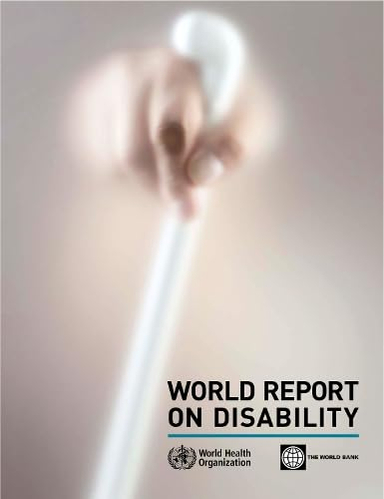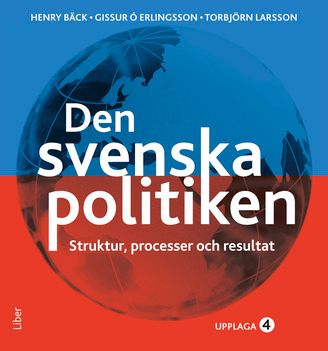

World Report on DisabilityNonserial Publication Series Upplaga 1
- Upplaga: 1a upplagan
- Utgiven: 2011
- ISBN: 9789241564182
- Sidor: 325 st
- Förlag: World Health Organization
- Språk: Engelska
Om boken
Following the Convention on the Rights of Persons with Disabilities, attention has focused on ways to remove barriers to the participation of people with disabilities in their societies. Now a new publication, the first ever World Report on Disabilities, produced joinly by the WHO and the World Bank, reviews evidence about the situation of disabled people, and offers directions for policy and practice, which can help overcome exclusion.
The report contains chapters on health, rehabilitation, assistance and support, enabling environments, education, and employment. The voices of people with disabilities open each chapter, setting the scene for what follows. Within the chapters, case studies show how many countries have succeeded in promoting good practices. The diverse challenges faced in low, middle and high income settings are differentiated wherever possible.
Importantly, the report also includes the first new disability prevalence estimates since the 1970s. Global trends such as the ageing population, and the increasing importance of chronic diseases, mean that the prevalence of disability is likely to rise in the future. The report makes the case for better data collection, using the International Classification of Functioning, Disability and Health. Overall, there are major evidence gaps in the disability field, and the report argues that more research and disaggregated data are needed to show what works to improve the lives of persons with disabilities.
This pioneering report shows how removing barriers to mainstream services and investing in rehabilitation, support services and more accessible environments can ensure that millions of people with disabilities can participate in education, employment and wider society. At the intersection of public health, human rights and development, the World Report on Disabilities will be required reading for policy-makers, professionals, and advocates for people with disabilities and their families.
Åtkomstkoder och digitalt tilläggsmaterial garanteras inte med begagnade böcker
Mer om World Report on DisabilityNonserial Publication Series (2011)
2011 släpptes boken World Report on DisabilityNonserial Publication Series skriven av World Health Organization. Det är den 1a upplagan av kursboken. Den är skriven på engelska och består av 325 sidor. Förlaget bakom boken är World Health Organization.
Köp boken World Report on DisabilityNonserial Publication Series på Studentapan och spara pengar.
Referera till World Report on DisabilityNonserial Publication Series (Upplaga 1)
Harvard
Organization, W. H. (2011). World Report on DisabilityNonserial Publication Series. 1:a uppl. World Health Organization.
Oxford
Organization, World Health, World Report on DisabilityNonserial Publication Series, 1 uppl. (World Health Organization, 2011).
APA
Organization, W. H. (2011). World Report on DisabilityNonserial Publication Series (1:a uppl.). World Health Organization.
Vancouver
Organization WH. World Report on DisabilityNonserial Publication Series. 1:a uppl. World Health Organization; 2011.



















